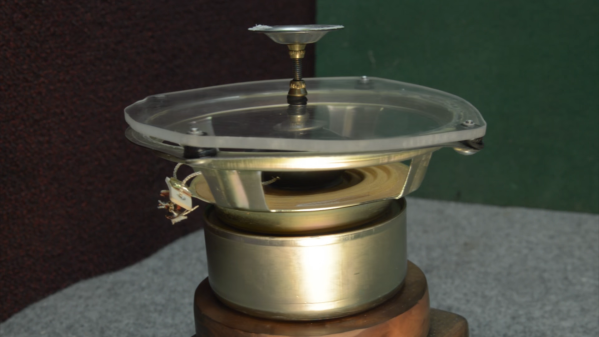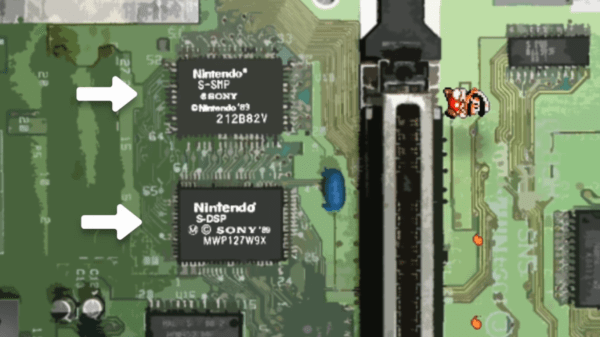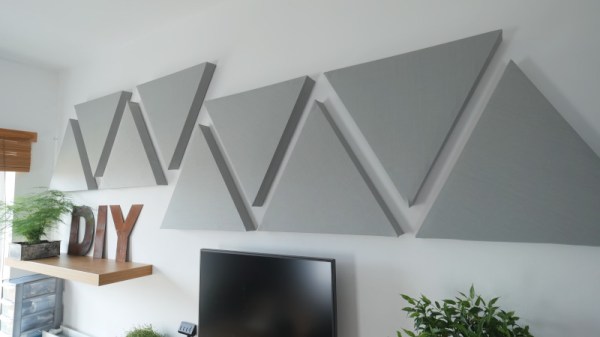The name Ondophone is a mash-up of two instruments, the Marxophone, and the ondes martenot. From the Marxophone, [Wintergatan] borrows the spring-loaded hammers, which repeatedly strike a string once activated. The ondes martenot loans its Theremin-like sound and ability to lean back on western semi-tone notes. Mating such different instruments requires a team, and much like the name, it produces a splendid blend.
At the left-hand side of the Ondophone, we see the spring-hammer battering away on a steel string whenever the neck moves up or down. Next to it is an Ebow that vibrates a string with an electromagnet and can maintain a note so long as it has power. Hidden within the neck are magnets to demarcate semi-tone locations, so it’s possible to breeze past them for a slide sound or rest on them to follow a tune.
The combination of intermittent hammering and droning lends well to the “creepy” phase of the song, which leads segues to the scope-creep that almost kept this prototype on the drawing board. The video talks about all the things that could have been done with this design, which is a pain/freedom we know well. KISS that Ondophone headline act goodbye.
The ondes martenot is an early electronic instrument, so we’ve some high-tech iterations, and if you haven’t heard what’s possible with a DIY Ebow, we will harp on you.

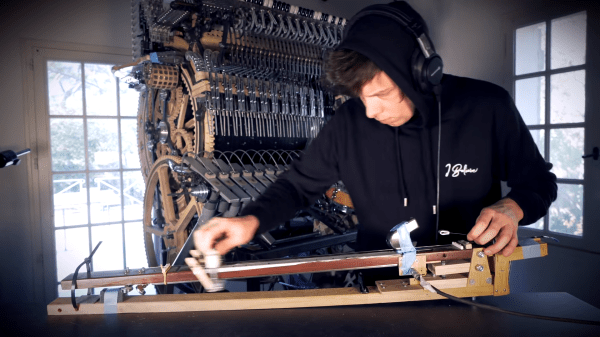
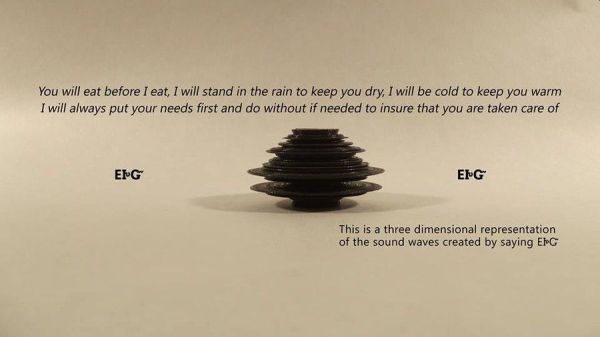
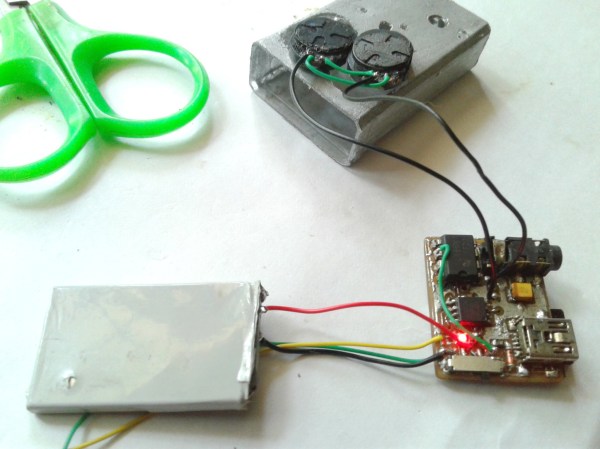

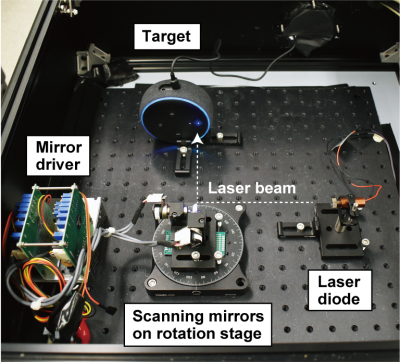 In one of the cooler hacks we’ve seen recently, a bunch of hacking academics at the University of Michigan researched the ability to flicker a laser at audible sound frequencies to see if they could remotely operate microphones simply by shining a light on them.
In one of the cooler hacks we’ve seen recently, a bunch of hacking academics at the University of Michigan researched the ability to flicker a laser at audible sound frequencies to see if they could remotely operate microphones simply by shining a light on them. 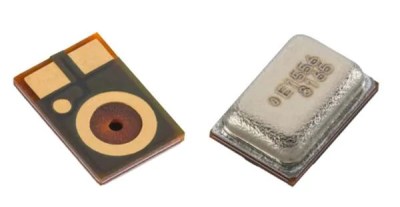 Knowles SPV0842LR5H. This attack is relatively easy to prevent; manufacturers would simply need to install screens to prevent light from hitting the microphones. For devices already installed in our homes, we recommend either putting a cardboard box over them or moving them away from windows where unscrupulous neighbors or KGB agents could gain access. This does make us wonder if MEMS mics are also vulnerable to radio waves.
Knowles SPV0842LR5H. This attack is relatively easy to prevent; manufacturers would simply need to install screens to prevent light from hitting the microphones. For devices already installed in our homes, we recommend either putting a cardboard box over them or moving them away from windows where unscrupulous neighbors or KGB agents could gain access. This does make us wonder if MEMS mics are also vulnerable to radio waves.